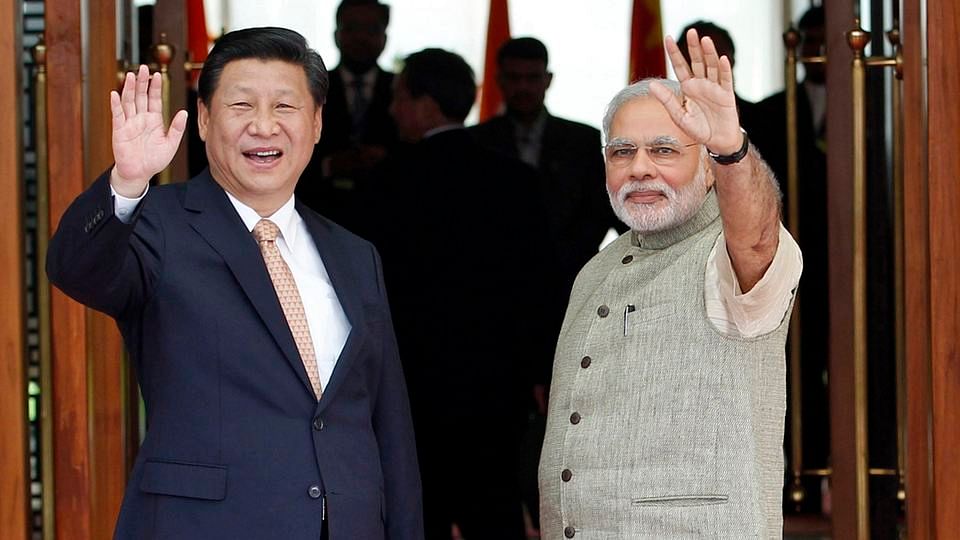China’s Market Shanghaied, Here’s Why India’s Remains Afloat
Why Indian markets continue to do well despite China taking a fall in numbers.

Investors and traders in India hit the pause button after they saw a 22% drop in the Chinese market. Will Indian markets meet a similar fate was a thought that ran through their mind? The fear is legitimate if we consider the scale of the fall. Chinese markets lost $2 trillion in market value during this fall. The market value of all shares listed in India is only $1.58 trillion.
However, Indian markets are unlikely to see such a fall anytime soon and here’s why.
Chinese markets have been on a roll and are in the midst of the longest bull market in its short history of 25 years. According to a Bloomberg report, the current rally of 900 days is nearly five times the average lifespan of previous rallies. Despite the current fall, Chinese markets are double their level in June 2014 and at a 29% higher level than January 2015.
Indian markets on the other hand are trading 9.3% higher than their levels last year and around the same level since January 2015.
But more importantly what works in favour of Indian markets is the strength of the Indian economy. India is one of the fastest growing economies in the world and is riding an upward trending growth curve. China on the other hand is slowing down fast and is sliding down a declining growth curve. The World Bank expects India’s growth rate to overtake that of China’s this year.
Furthermore, valuations of Indian companies are cheaper than those of Chinese stocks. The Shenzhen listed A-shares were trading at a 43.6 times their profit estimates just before the recent fall while those in India are exchanging hands at 17 times.
The sharp rise in China’s A-shares has been on account of two main reasons. First, they were expected to be included in the Morgan Stanley Capital International Index (MSCI). The inclusion would have resulted in index funds from the US and Europe routing their money in these stocks. This, however, did not happen as Morgan Stanley decided to delay the decision by a year.
Second, the Chinese government played along by cutting down interest rates and encouraging broker lending at a time when the economy was slowing down. Brokers have lent 2.1 trillion Yuan in the market which is nearly five times its level a year ago. The 22% fall in the Chinese market has resulted in only 6% of the amount being withdrawn. In other words investors are still holding on to their shares.
The Chinese government tried to prevent the sharp fall by further decreasing interest rates and flood liquidity in the economy by reducing the money banks have to keep with the central bank as deposit. But their timing was wrong as the announcement came very close to events unfolding in Greece. Chinese markets crashed by nearly 7% despite the rate cuts.
It is clear that the Chinese government is keen on keeping its market propped up. Here is another reason. When Indian markets were falling in early June one of the reasons cited was that foreign institutional investors (FII) were withdrawing money to invest in new Chinese public offerings.
The new Chinese companies were expected to raise 4.03 trillion Yuan ($649 billion) from the public. But what the FIIs did in India, the Chinese public seem to have done the same in the Chinese market: they sold their stocks to participate in these offerings. But the sharp sell-off resulted in the government announcing that they will be suspending the launch of these offerings and would prefer investors to continue buying in the market.
The Chinese government is trying to hide its economic slowdown behind the success of its stocks markets. In India, the government is busy in correcting the economy which has been in a sleep mode for the last five years.
Price movement over the last one year, valuations, economic growth and government intentions all are tailwinds for Indian markets. But the same parameters are acting as headwinds for the Chinese market. In a storm it is better to have the wind behind you rather than ahead of you.
(The writer is a Mumbai-based market analyst)
(At The Quint, we are answerable only to our audience. Play an active role in shaping our journalism by becoming a member. Because the truth is worth it.)